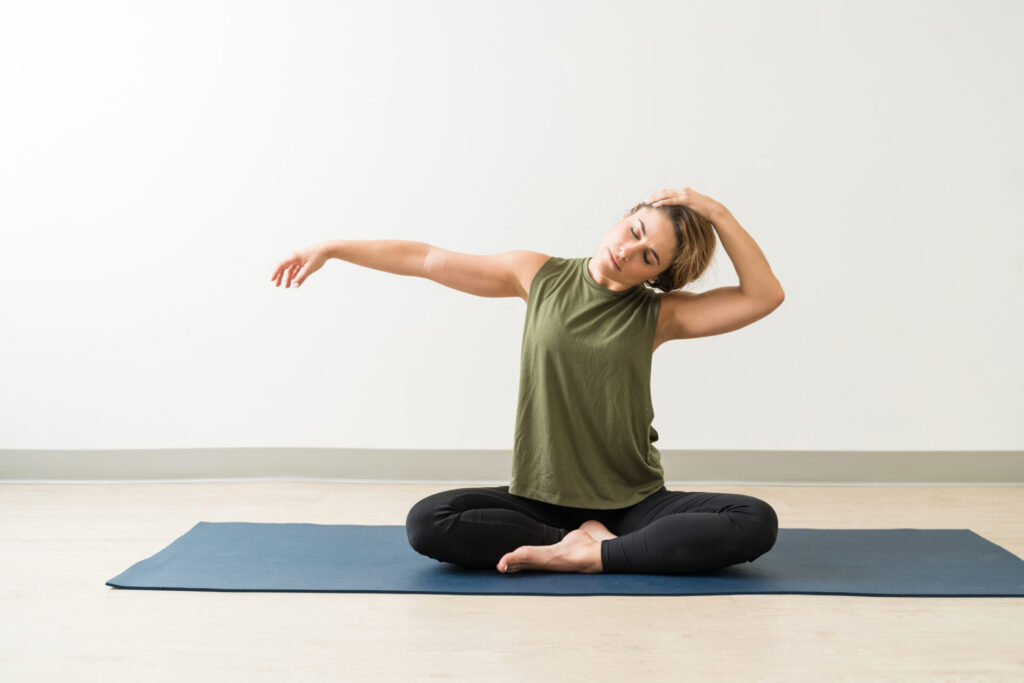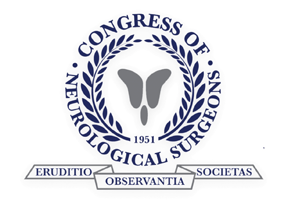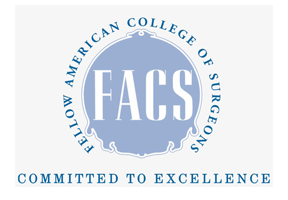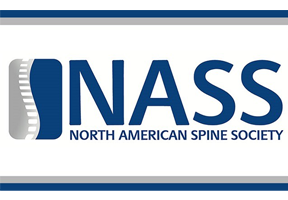Chronic back pain is a highly frustrating condition to live with, and it’s one of the most common ailments people suffer from. While there are several reasons people develop back pain, the overarching reason can be chalked up to a less-than-perfect design of the human body.
Our skeletal system is highly advanced, with a spine and hips that allow us to stand upright, walk on two feet, sit in chairs, hinge at the waist, and perform many other beneficial maneuvers. Unfortunately, our spine isn’t exactly designed to handle these tasks all that well, especially in today’s modernized environments. The spine holds up the entire upper half of the body, and it requires a strong torso, glutes, and legs for the best protection against injury.
However, we sit, and we sit a LOT. We sit at work, in the car, at the dinner table, on the couch, and pretty much everywhere else. And so much sitting leads to a few problematic results:
- Weaker back, core, glute, and leg muscles
- Excessive slouching
- Added strain and pressure on the upper and lower back
All three of these issues increase the likelihood of someone developing back pain. However, there are ways to help relieve pain in the back and strengthen the body to help support the spine moving forward.
If you’re suffering from back pain, check out the following five tips that can help address the pain, minimize discomfort, and better protect your spine.
1. Improve the Way You Sleep
Did you know you could be sleeping incorrectly? From sleeping on the wrong mattress or with the wrong pillow to sleeping in the wrong position, how you sleep can significantly affect your spine and cause you to develop back pain.
Position
When you sleep, you want your spine to remain aligned and supported. For the best sleep position, try:
Sleeping on Your Side
- Lie on either your left or right side with your knees slightly bent.
- Place a pillow between your knees. For added arm support, you can also use a body pillow.
Sleeping on Your Back
- Lie on your back with your knees slightly bent.
- Place a thick pillow (or a stack of pillows) under your knees for support.
Mattress and Pillow
If you sleep on your side or back, a mattress that is too soft will not provide adequate support and can cause misalignment of your spine. A firmer mattress is preferred for back sleepers, but it will prevent side sleepers from maintaining good alignment—your key pressure points, like your shoulders and hips, won’t be able to sink into the mattress enough.
As for pillows, a pillow that is too soft or too thin will not provide the neck and head support you need throughout the night, which can also lead to pain and misalignment.
If you suffer from back pain, it’s important to find a mattress that suits your sleeping position and a pillow that offers quality support.
2. Improve Your Posture Throughout the Day
Slouching has a terrible effect on your back. Unfortunately, slouching is way too easy to do. Children slouch in their chairs at school. Employees slouch in their chairs at work. People slouch over their phones or tablets. Some people even slouch when they walk. Slouching happens.
If you have a habit of slouching, set an intention to improve your posture throughout the day. Whenever you realize you’re slouching, sit up as straight as you can and maintain that position. Try not to hover over your phone—instead, sit or stand straight and hold your phone parallel to your face.
The more you improve your posture, the more pressure you’ll remove from the pain points in your back.
3. Incorporate Stretching Into Your Day

Stretching your muscles out is extremely important for your arm, leg, core, or back muscles. When you stretch, you:
- Improve mobility
- Increase your range of motion
- Become more flexible
- Increase blood flow
- Relieve joint aches and pains
Stretching helps loosen your muscles up and, when combined with exercise and strength training, prepares them to become stronger.
There are several stretches you can do specifically for the benefit of your back. These stretches include:
Child’s Pose
Child’s pose stretches your glutes, lats, and spinal extenders and can help with pain in your lower back, neck, and even shoulders.
- With both knees and hands on the floor, sink your body backward so that your arms are outstretched in front of you, and your bottom is resting (or close to resting) on your feet.
- Hold this position for 30 seconds to one minute.
Piriformis Stretch
The piriformis stretch helps stretch out your piriformis muscle, which is close to your glutes. This is an excellent move for reducing lower back pain or pain in your buttocks.
- Lying on your back on the floor with both knees bent and feet flat on the floor, cross your left foot over your right knee so that your left ankle is resting on your thigh, about an inch or two below the knee.
- Place both hands around your right leg and pull it toward you until you feel a stretch in your buttocks muscles.
- Hold this for about 10 seconds at a time and repeat three times.
- Switch legs and repeat on the other side.
Cat-Cow
Cat-Cow targets your neck, shoulder, back, and stomach muscles, waking them up and relieving stiffness. It also helps stretch your spine out gently and safely.
- With both hands and knees on the floor, flatten your back so that you are in a neutral position (as if you were a table).
- Sink your body into your hands and knees, curving your spine toward the floor as you lift your head toward the ceiling. Inhale deeply during this move and push into that extra stretch.
- Hold for 2-3 seconds.
- As you exhale, tuck your head toward your chest and arch your spine toward the ceiling.
- Hold for 2-3 seconds.
- Repeat these two moves for about a minute.
If any of these stretches cause your back pain to worsen, stop immediately and schedule an appointment with a trusted spine specialist.
4. Get Moving!
As mentioned, too much sitting throughout the day is detrimental to the health and strength of your back. To combat this, it’s important to be active whenever you can and to whatever extent your body allows.
For people with back pain, too much rest can increase discomfort and cause further damage to develop. It’s best to move your body whenever you can to help relieve pain and keep it away. Please note, though, that this is not an instruction to overexert yourself. Move as much as you are able, but do not “push through the pain” if your back pain becomes worse with light or moderate movement.
For gentle movements, you can try:
- Walking
- Swimming
- Yoga
- Elliptical machine
- Stationary bike
5. Strengthen Your Core
It can seem strange, but your stomach muscles are crucial for supporting your spine, especially your lower back. Your spine is responsible for holding up everything from your hips to your head. That’s a lot of pressure, literally. And your stomach muscles can either help with the support or not. Stomach muscles require core-specific strength training since they don’t get used often during normal, everyday activities.
To strengthen your core, set aside some time a few days each week and focus on building your stomach muscles. Some ideas to try include:
Glute Bridges
- Lie on your back with your knees bent and feet flat on the floor.
- With your shoulders and head on the ground and your glutes and abs tightened, push through your feet to raise your torso and hips off the ground. Be sure to engage your core to keep pressure off your spine.
- Hold for as long as you can or up to five seconds.
- Release and repeat.
Repeat this five times at first. As you grow stronger, increase your repetitions to 30 times each day.
Bird Dog
- Position yourself on your hands and knees on the floor, as if you were a table.
- Engage your core (brace your stomach muscles) and lift your left arm out in front of you. At the same time, lift your right leg behind you. Imagine you are creating a straight line from your fingertips to your toes.
- Hold this position for a few seconds.
- Return to your neutral position.
- Repeat the move with the same arm and leg as many times as you can in a 30-second period.
- Repeat the first four steps on the other side.
Planks
A plank is one of the best ways to engage all the major muscle groups, including your core muscles, and relieve pressure in the lower back. Forearm planks are more advanced, but straight arm planks (think “pushup position”) are still effective.
For forearm planks:
- Position your forearms flat on the floor and parallel to each other. Your elbows should be directly under your shoulders.
- Extend your legs so that you are propped on your toes (again, think “pushup position”).
- Engage your core, glutes, and quads to tuck your pelvis in slightly while ensuring your spine is straight.
- Do not allow yourself to drop your hips, lift your buttocks, or put strain on your neck.
- Hold this position for 30 seconds or as long as you can.
For straight-arm planks:
- Plant your hands on the ground, directly below the shoulders.
- Extend your legs so that you are propped on your toes, as if you are going to do a pushup.
- Engage your core, glutes, and quads to tuck your pelvis in slightly while ensuring your spine is straight.
- Do not allow yourself to drop your hips, lift your buttocks, or put strain on your neck.
- Hold this position for 30 seconds or as long as you can.
The more you perform planks and the stronger you become, challenge yourself to hold them for longer.
If any of these core-strengthening exercises cause your back pain to worsen, stop immediately and schedule an appointment with a trusted spine specialist.
While back pain seems to come with the territory of having a spine, it shouldn’t have to. If you are suffering from back pain but nothing helps relieve it, talk to spine experts at Georgia Neurosurgical Institute.
Our neurosurgeons are highly trained to treat conditions of the spine, relieve you of your back pain, and help you regain a pain-free life. We work diligently with you to discover the root issue(s) of your pain and create a treatment plan to resolve your symptoms, relieve pain, and improve or even restore your health. From physical therapy to surgical intervention, we work with you to tackle your back pain and help you return to a pain-free life.
Schedule an appointment with Georgia Neurosurgical Institute today by calling 478-743-7092.
Georgia Neurosurgical Institute offers exceptional treatments for the brain and spine to patients throughout Middle Georgia. With offices in Macon and satellite locations in Dublin, Locust Grove, and Warner Robins, we’re able to treat patients in and around:
- Dublin
- Forsyth
- Locust Grove
- Macon
- McDonough
- Milledgeville
- Perry
- Warner Robins
Recent Articles






